Australian Rock: The Early Eighties
As the ’80s began, the Australian pub rock boom was in overdrive. The new ‘door deal’ system had increased band receipts enormously and had given the top touring bands a measure of financial independence. Many of them took the next logical step—a trip overseas to test the water. Mi-Sex, Midnight Oil and The Angels undertook largely self-financed exploratory trips to the US in 1980.
On the recording front, an impressive new crop of artists debuted in the first year of the new decade. Flowers had already built a substantial live following by the time of its first single, Can’t Help Myself, and album Icehouse. Australian Crawl, a bunch of suburban surfies from Melbourne, made a polished album debut with The Boys Light Up. It went platinum before the year’s end.
INXS, formerly the Farriss Brothers from Perth, were picked up by the new record label Deluxe, headed by their manager, Chris Murphy and former AC/DC manager Michael Browning. Their debut single was Simple Simon. And the Models, who’d been gigging solidly in Melbourne for two and a half years, signed to Mushroom and released a debut album, AlphaBravoCharlieDeltaEchoFoxtrotGolf.
When one considered the releases of albums by established acts—Cold Chisel’s East, The Angels’ Dark Room, Mi-Sex’s Space Race and Split Enz’s True Colours were all multi-platinum albums—the Australian recording industry had never been in better shape.
The move to albums was heavily consolidated in this period. Record companies were prepared to invest more money because they could see that bands had a significant live following and therefore a large potential record buying audience. ”This country has a sort of rock’n’roll farm system,” marvelled new CBS Records Australia Managing Director, Paul Russell (fresh from New York).
“The venues and geography spawn these acts that can play, and make money and live.”
Bands toured and toured and toured, to the point of exhaustion in some cases. With the massive overheads of live production, and the keen competition for quality roadies, many bands had to tour to keep their business structure solvent and viable.
It wasn’t long before Australia started shelling the rest of the world with increasingly well-directed bands. Split Enz, those doggedly persistent Kiwis, blazed new sections of the trail when their first Australian chart-topper, I Got You, went top 20 in Canada and the U.K. as well as some European territories. The advice of their manager, Nathan Brenner, was subsequently invaluable to Men At Work’s manager, Russell Deppler, in breaking into the American market in 1982 and ’83.
The Birthday Party left Melbourne for London where they set up residence and eked out a living with storming live shows and highly original independent label records. The British press swooned and although the band wasn’t making any money, the acclaim prompted other bands considered too ‘left-field’ for the Australian industry to make the move too. The Go-Betweens and the Laughing Clowns were two who eventually did.
Cracks however were already starting to appear in Australian Rock’s launching pad. The closure of the two best known venues in the Sydney inner city area, the Bondi Lifesaver and the Stagedoor Tavern, was an ominous sign. The trend continued through 1981, with the Trade Union Club emerging as the sole focal point for inner-city music. In Melbourne the break-up of Skyhooks coincided with ‘the disintegration of the inner city scene that had given the city so much of its vital ’70’s music’, as critic Adrian Ryan put it in Roadrunner magazine.
Cold Chisel cleaned up in the 1980 TV Week/Countdown Rock Awards, winning six awards. They also demolished the stage set during their final live number, describing the act as a ‘long overdue statement about the Australian Rock Awards’.
The Sydney independent scene was still thriving with new labels like Phantom, Green, Doublethink, M Squared and Basilisk releasing singles by the likes of Tactics, the Popular Mechanics, the Visitors and the Other Side. However, the economics of independent recording, whereby records were financed by money from live performance and acted as drawcards for gigs, meant that the number of records dropped as venues closed. Sunnyboys, whose first single came out on Phantom, were proclaimed ‘yet another future of rock’n’roll’ and quickly captured a large inner city and then suburban following.
Midnight Oil achieved their first significant mainstream radio airplay with the instrumental Wedding Cake Island, from the Bird Noises E.P. They headed to the U.K. midway through the year to record their third album, Place Without A Postcard with noted U.K. producer, Glyn Johns. Ross Wilson’s band, Mondo Rock, achieved a stable line up after some years of chopping and changing and also had significant airplay and sales with two singles from the Chemistry album, Cool World and State Of The Heart. Cold Chisel went to the U.S. but despite some typically energetic performances, East made little impression on the charts there.
In Sydney, independent label Basilisk took multi-national CBS to court in a dispute over band names. Popular Mechanics, who recorded for Basilisk, felt that the name of a New Zealand band recently signed to CBS, Pop Mechanix, was too close for comfort and would tend to confuse the general public. After a lengthy and expensive case, Basilisk were awarded the judgement, but were left with hefty legal fees nonetheless.
In Melbourne Hunters and Collectors played their first shows and experienced the most meteoric rise to prominence of anyone since Skyhooks. Also in Melbourne, the Sports broke up, Australian Crawl notched up their second platinum album with Sirocco and Men At Work, a band from the so-called inner-city ‘adult’ circuit, debuted with a single. Who Can It Be Now? and an album Business As Usual both of which went to No. 1 on the charts. Other debutantes as 1981 drew to a close included the Sunnyboys, with an energetic guitar-pop album, the Church, with a 12 string guitar-pop one, the Little Heroes, with a softer, more lyrical offering and MEO 245, a synthesizer dominated outfit.
Apart from the Sunnyboys, about the only new band from Sydney to make a real national impact in 1981 were the Divinyls, fronted by the female version of AC/DC’s Angus Young, Christina Amphlett. Their debut single, Boys In Town, was featured in the film Monkey Grip in which Amphlett had a cameo role. The Machinations began playing around Sydney with a drum machine, an omen of things to come, but the real Sydney trend of the year was ska. Inspired by the British ska revival this fast, rhythmic Jamaican style found favour in the audiences of the Allniters, the Skolars and others.
The late January Australia Day long weekend 1982 saw the Mushroom Evolution Concert, a two day festival at Melbourne’s Sidney Myer Music Bowl to celebrate 10 years of Mushroom Records. The release of the third consecutive Split Enz blockbuster, Time and Tide early in the year further swelled the Mushroom coffers.
Cold Chisel released Circus Animals and played a couple of shows under canvas in Sydney. INXS slipped out of their contract with Deluxe Records when that company overlooked a renewal option. They quickly signed with WEA and recorded Shabooh Shoobah.
Men At Work ventured to the U.S. after their Australian success and, using independent record promotion people, and with the help of a quirky video on the new cable network MTV, their single, Who Can It Be Now? went to No. 1 in November, followed by their album Business As Usual. The album was still there in February when the second single, Down Under also hit the top spot. The U.K. had caught up by this stage and on 12th February 1983, Men At Work held the No. 1 album and single positions on both side of the Atlantic. It was a proud moment for Australian rock.
In May they headlined the huge US Festival outside Los Angeles and were joined by fellow Aussies INXS and the Divinyls.
While Men At Work were scaling the chart peaks, English producer Nick Launay was helping to give a number of top Australian bands a sharp, high-tech British sheen. With the Models’ I Hear Motion, Midnight Oil’s 10-9-8-7-6-5-4-3-2-1 and INXS’ The Swing, Launay helped to drag Australian recordings into the ’80s. As 1983 drew to a close, three young bands from Melbourne, jeeringly dubbed ‘haircut and synthesizer’ bands by some sections of the rock industry, all had success with their first singles. Real Life went on to top the charts in West Germany with Send Me An Angel, while Pseudo Echo’s Listening and Kids In The Kitchen’s Change In Mood were real harbingers of the electronic age on the way.
Unable to make any inroads overseas and with every member blooming as a songwriter, Cold Chisel decided to separate, going out in style with the Last Stand series of concerts at the Sydney Entertainment Centre in December 1983. It was a sign that the pub rock era was on the wane.
A form of club culture, inspired by the British new romantic/club movement, appeared. It was the new wave of disco and numerous clubs, many of them ‘one-nighters’, opened their doors in Sydney and Melbourne. I’m Talking formed in Melbourne, the first self-confessed Australian disco band and were hailed as the ‘next big thing’. They released their debut single, Trust Me, at the end of the year.
After the relative failure of Conflicting Emotions and the success of Tim Finn’s solo outing Escapade, Split Enz decided to call it a day. They mounted a large farewell tour, calling it Enz With A Bang, and released a final album See Ya Round. After the band’s final Australian concert in Melbourne, Neil Finn was approached by itinerant bass player Nick Seymour with the idea of forming a band. With Paul Hester on drums they went under the name of the Mullanes for a time, and then eventually became Crowded House.
On the Australia Day weekend, 1985, the cream of Australia’s rock talent banded together to raise funds for starving children in Africa. The E.A.T. (East African Tragedy) Concert and Telethon was instigated by Australian Crawl and raised a considerable sum for Red Cross relief work in the area. The success of the concert and telethon (which Midge Ure, producer of the Band Aid single Do They Know It’s Christmas? attended) prompted Ure and Bob Geldof to organise Live Aid.
Midnight Oil helped celebrate 2JJJ-FM’s 10th birthday by giving a concert on Sydney Harbour’s Goat Island which was nationally simulcast on ABC-TV and ABC-FM.
After recording their most overtly commercial single ever (Barbados) the Models sacked keyboard player Andrew Duffield and replaced him with Roger Mason. Barbados went on to become a huge hit and was followed by Models’ first No. 1 Out Of Mind Out Of Sight.
Oz For Africa, the Australian contribution to the Live Aid fundraiser for Ethiopia, was an unqualified success despite coming together at the last possible moment. Mental As Anything, Do-Re-Mi, the Party Girls, Dragon, Uncanny X-Men, Models and INXS played to a capacity house at the Sydney Entertainment Centre, with some of INXS’ performance used in the global telecast the following day. After the Nine Network pulled out at the last moment, ABC-TV stepped in and televised the Oz For Africa concert, the Live Aid telecast from Wembley and Philadelphia and hosted the national telethon as well. “The kids of the world have plenty of reasons to be proud of their idols,” commented one organiser at the press launch for the concert.
As the year drew to a close, Do-Re-Mi had a surprise top 5 hit with the hard hitting Man Overboard, from their debut album Domestic Harmony. The Hoodoo Gurus followed up the success of their debut Stoneage Romeos with an equally strong second album, Mars Needs Guitars. Brian Mannix and the Uncanny X-Men were whipping up teen hysteria reminiscent of Skyhooks, although Mannix started to suffer from media overexposure and the phenomenon didn’t last.
After a long period of legal wrangling over the money they’d made, Men At Work broke up. As 1985 drew to a close, their heirs-apparent, INXS, released their hardest rocking album to date, Listen Like Thieves and started a gruelling world tour in North Queensland. After performing in Argentina and Europe, they flew back to Australia for the Rocking The Royals concert in Melbourne in front of Prince Charles and Princess Diana. Their hard and funky single, What You Need, started its climb to the American top five.
Main pic: Promotional flyer for the Models/I’m Talking Australian national tour July 1985
∗ ∗ ∗ ∗ ∗
The Early Eighties playlist:
∗ ∗ ∗ ∗ ∗
This is the sixth and final part of my six-part potted history of Australian rock, covering the period from the fifties to the mid-eighties, first published in 1987 in Roll over Beethoven.
Initially produced by Fairfax Magazines, Roll over Beethoven was a project to provide resources for contemporary music education in secondary schools. It was later taken up by AUSMUSIC, which used it as the basis for its music education program.


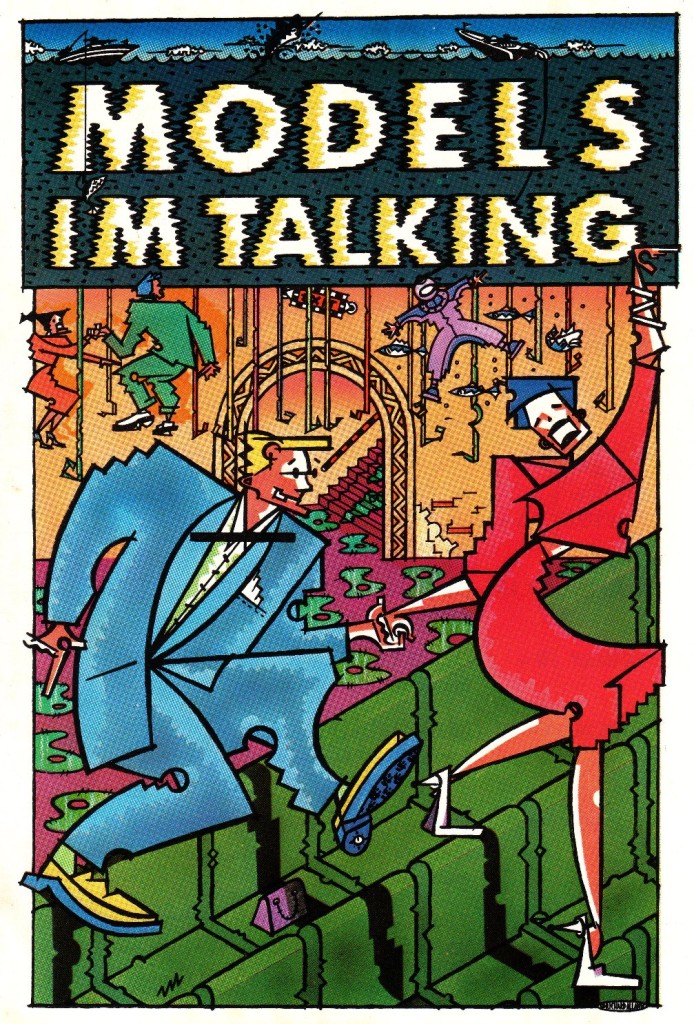

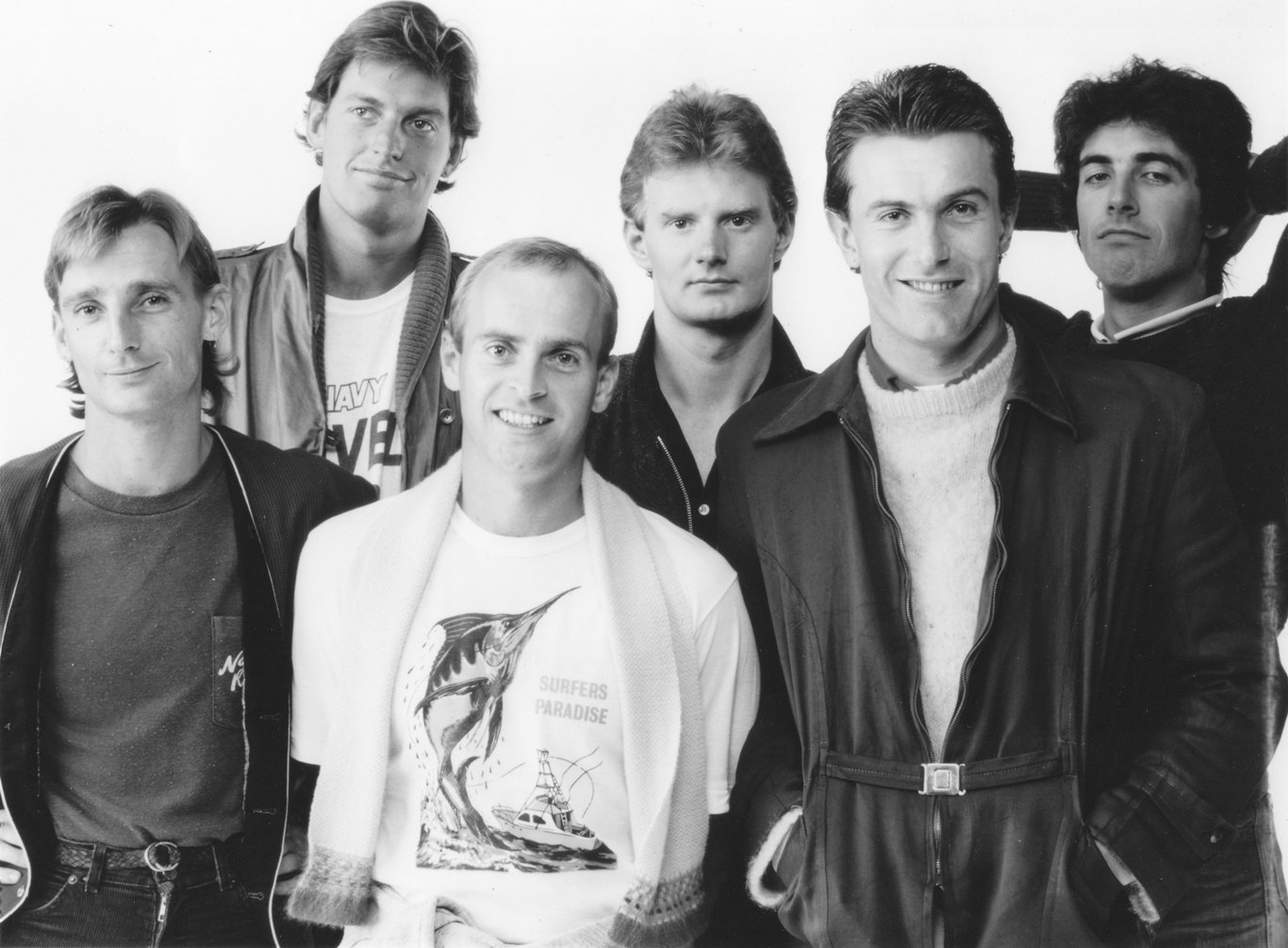

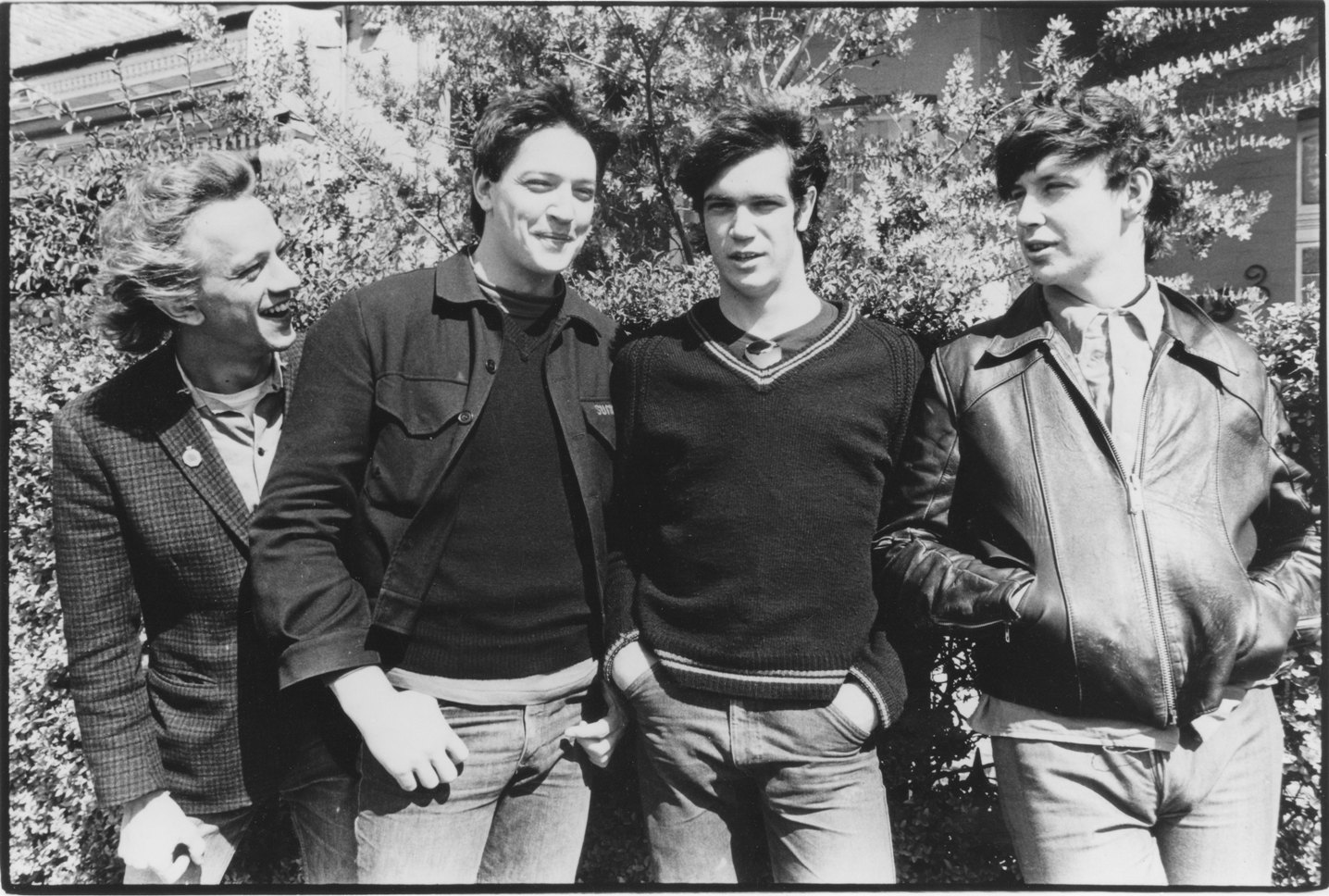
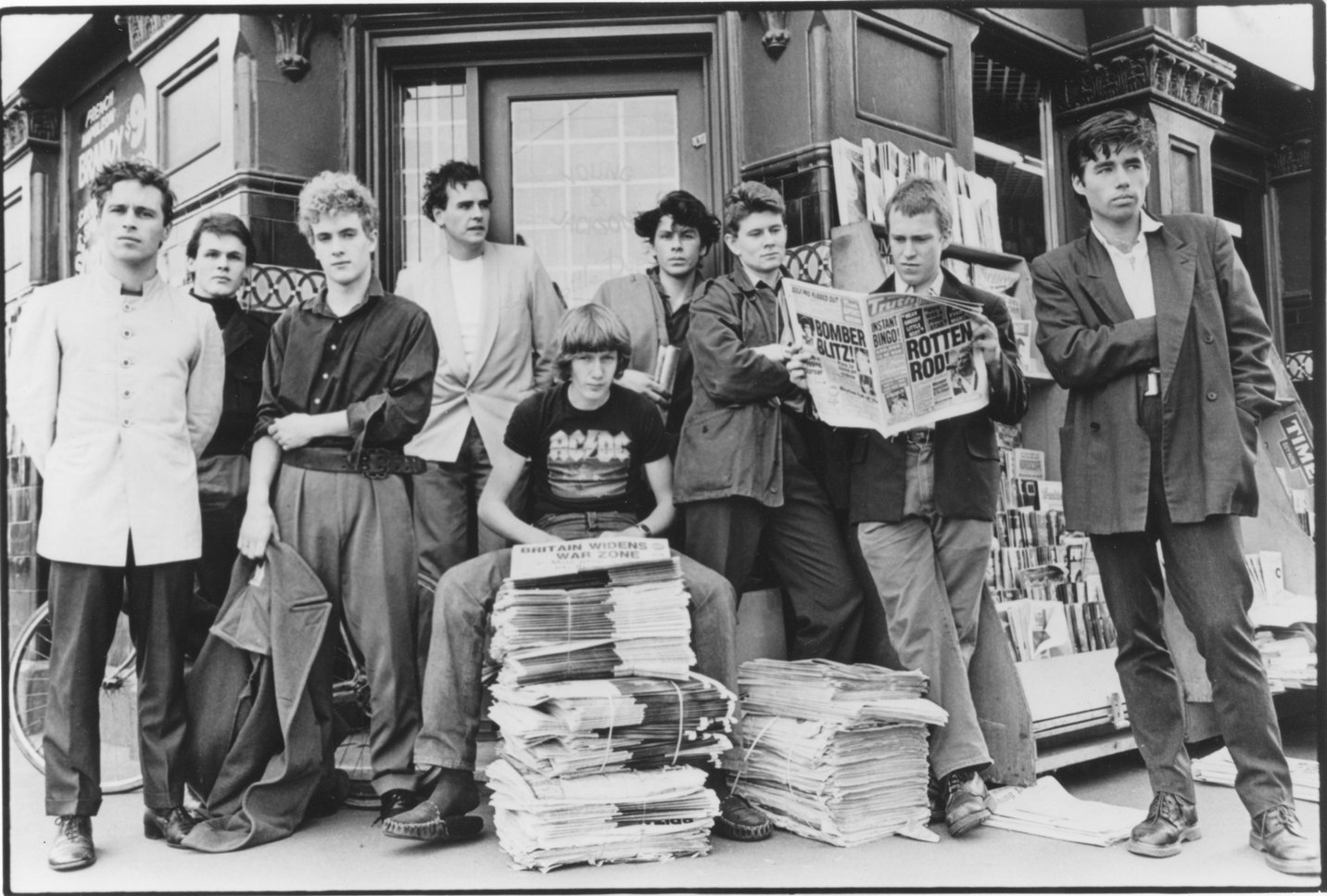
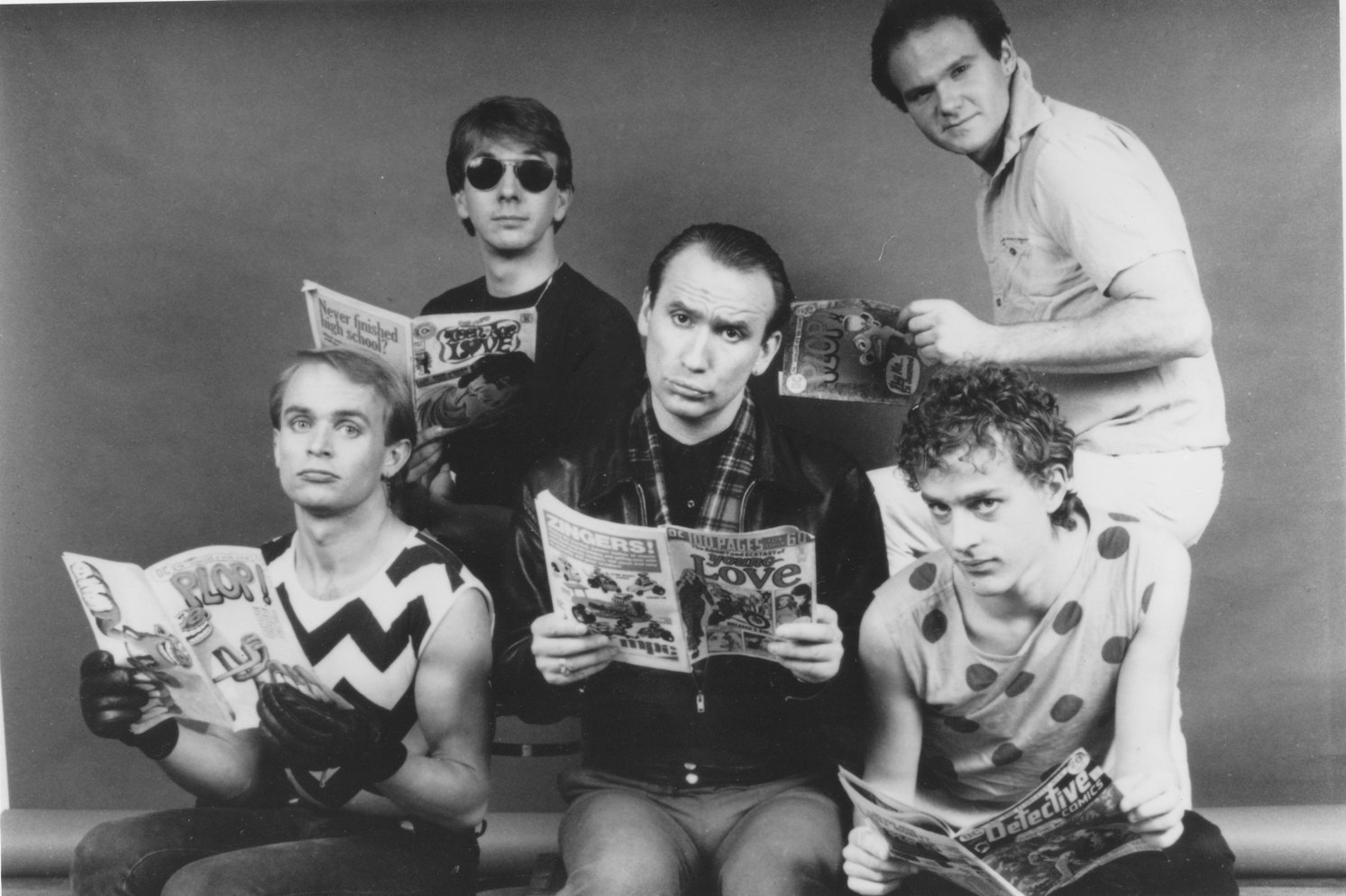

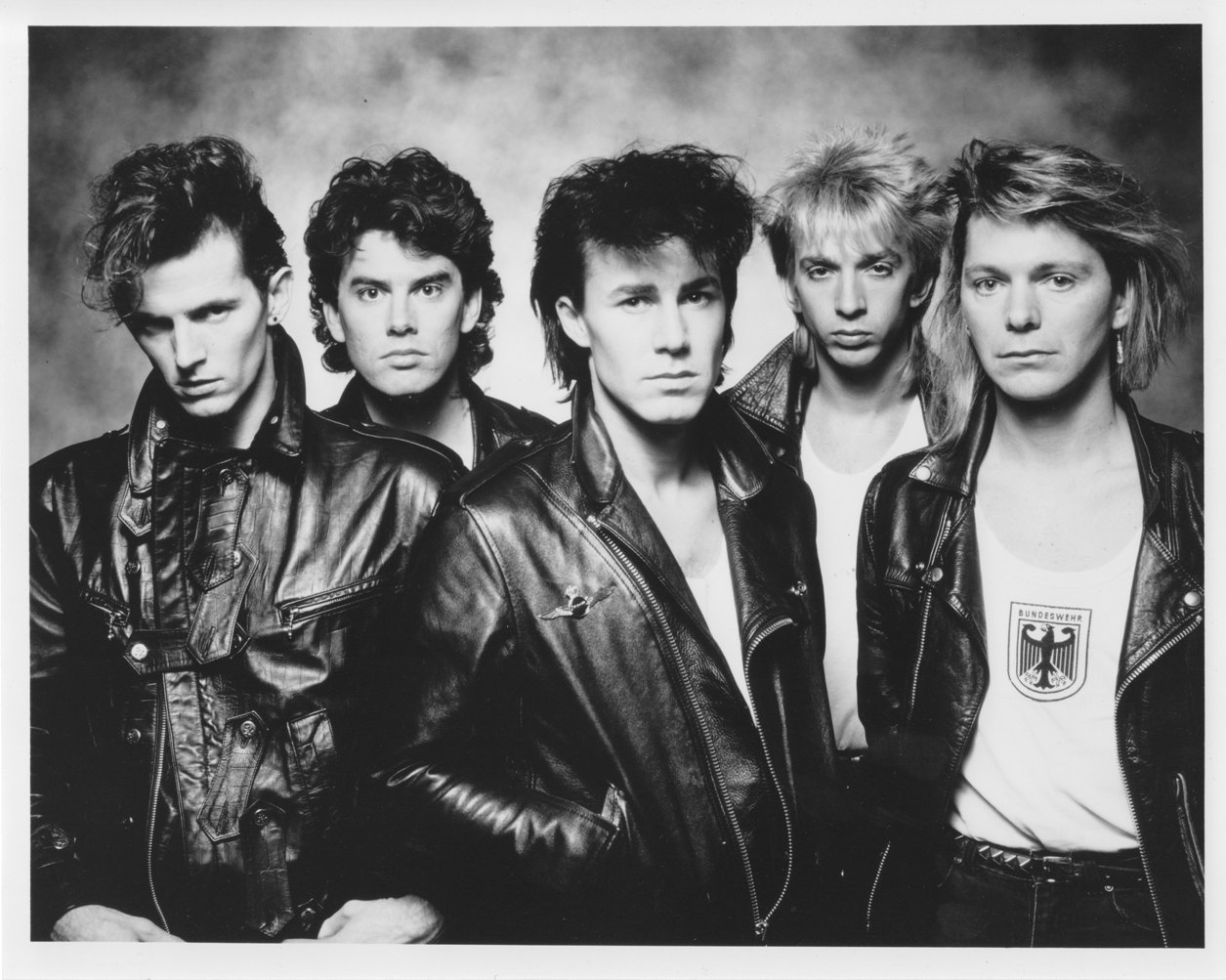
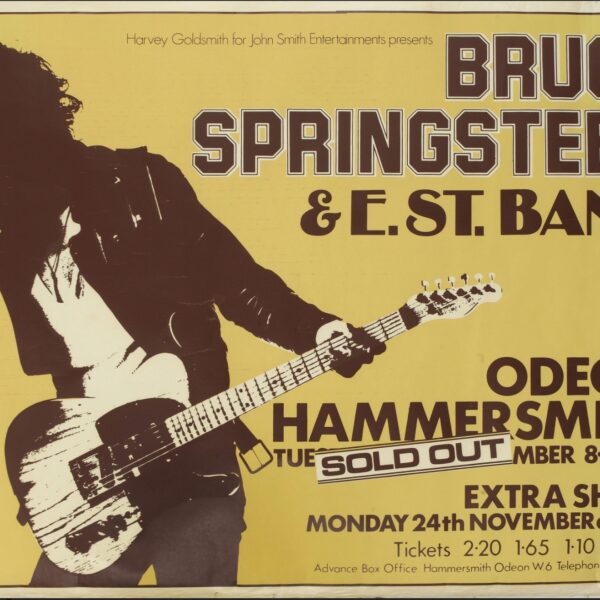
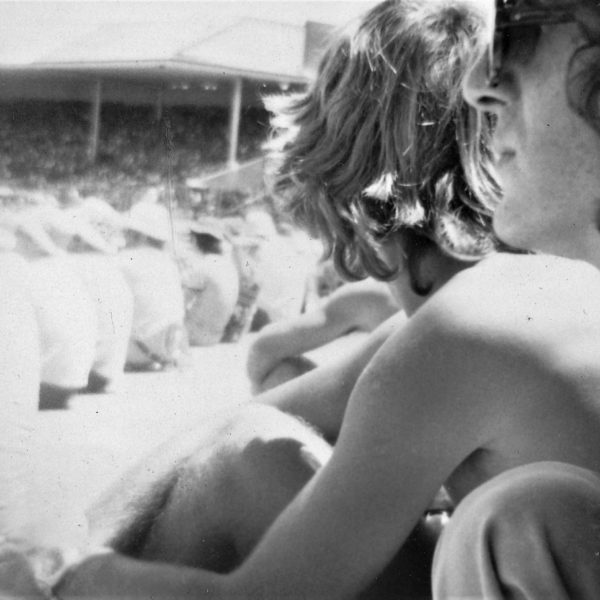

Ch